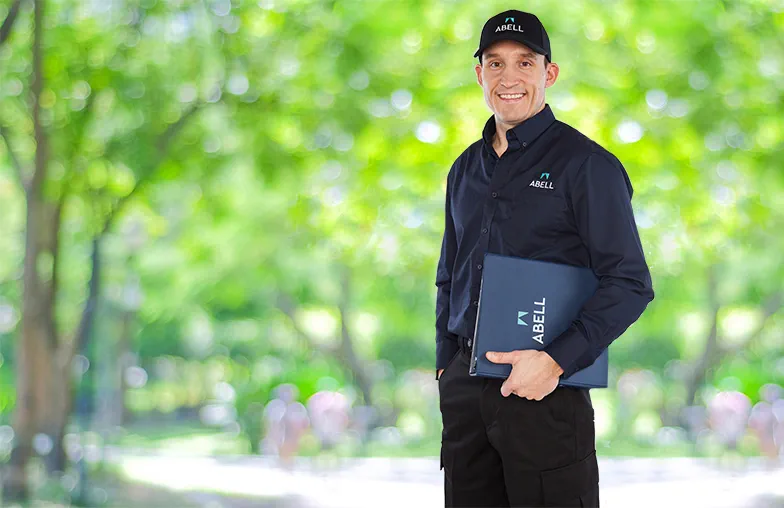Subterranean termites are by far the most destructive termite species. The hard, saw-toothed jaws of termites work like shears and are able to bite off extremely small fragments of wood, one piece at a time. Over time, they can collapse a building entirely, meaning possible financial ruin for a homeowner. Generally, the most frequently damaged parts of a building include parts like door and window frames, wooden skirts, wooden floors, wall paneling, and wooden furnishings like cabinets and cupboards that are located close to, or touching a wall. In heavy infestations, subterranean termites can and will attack wooden roofing, as well as paper and cardboard stacks (books and boxes), and sometimes bite through wiring in the wall.
Reticulitermes is prominent genus, courtesy of being the most common subterranean termite type in North America, and in regions of southern Europe. Reticulitermes flavipes (also called the Eastern Subterranean Termite) seems to be the most well known and widely distributed species in North America.
The alates of Reticulitermes flavipes and R. virginicus are dark brown, while those of R. hageni are yellowish brown. Alates of R. flavipes are generally larger (approximately 0.4" long including wings) than those of R. virginicus or R. hageni (approximately 0.3" long). As with other termite species, Reticulitermes colonies contain three primary castes; the reproductives (king, queen, alates, alate nymphs, and supplementary reproductives), soldiers, and workers. Alates and soldiers are used for species identification.
Subterranean termites live in underground colonies with as many as two million members. They are also found in moist secluded areas above ground. They build distinctive tunnels, often referred to as "mud tubes," to reach food sources and protect themselves from open air. Like other termite species, subterranean termites also feed on products containing cellulose. Subterranean termites form a network of interconnected feeding sites beneath or above the soil surface. A single colony of subterranean termites, especially those of Reticulitermes flavipes, may contain 100,000 - 1,000,000 termites and forage up to 150 feet in search of food
Flight seasons differ among the three Reticulitermes species in Florida. R. hageni alates flights begin in early December and last until early February while R. flavipes flights start in early January and end in April. Dispersal flights of R. virginicus occur between early February and late May. Swarming by R. flavipes and R. virginicus occurs during warm, sunny and windless afternoons usually after rain, while R. hageni alates swarm at night. After a brief flight, alates drop to the ground and shed their wings. Females begin to search for potential nesting sites such as moist crevices with wood, and males follow closely behind. The pair forms a royal chamber in a moist site near wood and begin laying eggs, thus starting the life cycle of a subterranean termite colony. Individuals hatched from eggs (called larvae) molt into workers. Some workers may molt into the soldier caste or become alates by molting first into alate nymphs. Some workers or nymphs are capable of becoming supplementary reproductives and take over the role of queen or king if and when a primary reproductive dies or is isolated from part of the colony. It may take five to 10 years for a single pair of alates to form a mature colony that produces alates.
How can I prevent a Subterranean Termite infestation?
The best method of prevent subterranean termite infestation is to avoid water accumulation near your home's foundation. Divert water away with properly functioning downspouts, gutters and splash blocks. Reduce humidity in crawl spaces with proper ventilation. Never bury wood scraps or waste lumber in the yard. Most importantly, eliminate wood contact with the soil. Maintain a one-inch gap between the soil and wood portions of the building.

If you are not satisfied with the services provided to you within the guarantee period, you will receive a Full Money Back Refund *Terms and Conditions apply